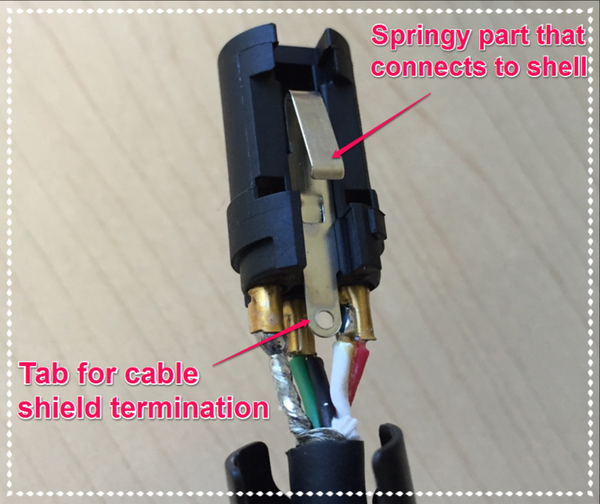Hello, let's see if someone can help me to find the right schematics for AES/EBU inputs/outputs.
What i want to do is to add AES/EBU inputs and outputs to a spdif transceiver chip (wm8805). I thought i could find what i need easily until i found this article, that seems very good but made me realize i am completely lost:
Seems that there are many standards and the paper describes the schematics to convert some of these AES formats to spdif coax, that is not exactly what I need, even though could do if i don't find a more straight forward one.
With this in mind, my question is:
Can someone show me the right schematics for conversion of AES/EBU - the one found in many desktop DACs, some minidsp processors and some active speakers- to spdif directly to the transceiver? Or at least show me which one, if any, is the one from Rane's paper? -note that i need both input and output-
Thanks a lot.
What i want to do is to add AES/EBU inputs and outputs to a spdif transceiver chip (wm8805). I thought i could find what i need easily until i found this article, that seems very good but made me realize i am completely lost:
Interfacing AES3 and S/PDIF
Two serial interfaces exist: AES3 for professionals and S/PDIF for consumers. Passive conversion between them is possible, with caution.
www.ranecommercial.com
Seems that there are many standards and the paper describes the schematics to convert some of these AES formats to spdif coax, that is not exactly what I need, even though could do if i don't find a more straight forward one.
With this in mind, my question is:
Can someone show me the right schematics for conversion of AES/EBU - the one found in many desktop DACs, some minidsp processors and some active speakers- to spdif directly to the transceiver? Or at least show me which one, if any, is the one from Rane's paper? -note that i need both input and output-
Thanks a lot.


